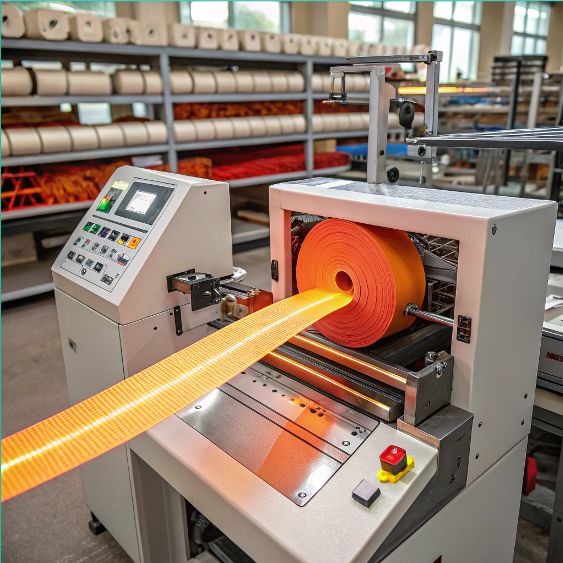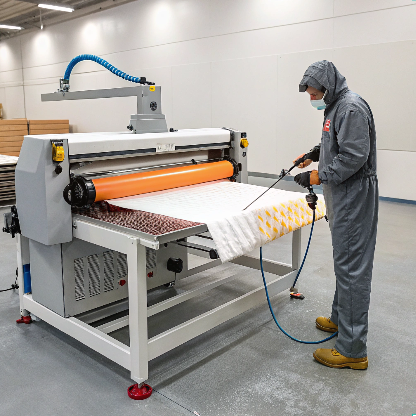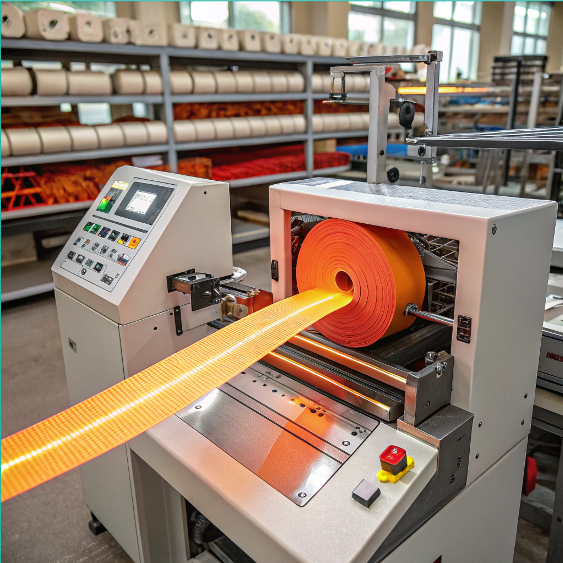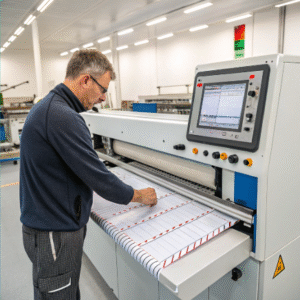Is it possible to cut Velcro without fraying the edges?

Cutting Velcro often leads to frayed edges and wasted material.
Yes, it is possible to cut Velcro without fraying the edges if the right cutting technique and equipment are used.
Cutting Velcro without fraying is achievable using the right tools and methods. Specialized Velcro cutters, rotary cutters, or laser cutters provide clean, precise cuts ideal for both DIY and industrial use. Techniques like rounding corners, sealing edges with heat, or applying a zigzag stitch enhance durability. Laser cutting is especially effective for custom shapes and minimal waste. Selecting proper tools and applying edge-finishing strategies ensures professional, fray-free results.
Many manufacturers waste time manually trimming Velcro or lose batches to poor edge quality. But there’s a better way—let me explain how I solved this problem for many of my global clients.
What methods help prevent fraying during Velcro cutting?

Velcro is made of looped nylon or polyester. When cut improperly, the loops unravel.
Using heat-cutting machines1, ultrasonic cutters, and specific blades can stop Velcro from fraying immediately. The key is sealing the edges while cutting.
To avoid fraying, we need to control both the blade type and the cutting temperature. Here’s what I’ve learned from working with buyers like Mark from Canada, who imports webbing tape and Velcro for repackaging under his brand.
🔥 Method 1: Hot Cutting Machines Seal as They Cut
Hot and cold cutting machines—like the ones we build at Suzhou Haoxinhe Electrical Equipment Co., Ltd.—are designed to handle heat-sensitive materials like Velcro. These machines apply heat to melt and seal the edge as they slice through, leaving a clean line.
Why hot cutting works:
- Melts synthetic fibers like nylon or polyester.
- Seals edges instantly, preventing fraying.
- Consistent output reduces waste.
Common specifications:
| Feature | Description |
|---|---|
| Cutting Width | Up to 100mm |
| Temperature Range | Adjustable from 0–450°C |
| Blade Material | Tungsten steel with Teflon coating |
For clients like Mark, who care about both quality and speed, this method has saved up to 30% in labor and rework costs.
💨 Method 2: Ultrasonic Cutting for Precision and Clean Edges
Ultrasonic cutting is another option. It uses high-frequency vibration to generate heat at the cutting point. This method is excellent for delicate Velcro types.
Why ultrasonic is powerful:
- No physical blade contact, which means no blade wear.
- Micro-sealing happens with zero visible burns.
- Suitable for automated workflows.
Though the machines are more expensive, clients in the medical textile and aerospace industries use them for top precision. At Haoxinhe, we provide these machines for specialized B2B needs.

✂️ Method 3: Cold Cutting with Specialized Blades and Anti-Fray Sprays
Some buyers prefer cold cutting due to cost. When done properly, with sharp rotary blades and anti-fray coatings2 or adhesives, it can still be effective.
Tips for better cold cuts:
- Use serrated or rotary blades.
- Apply edge-sealing chemicals after cutting.
- Pair with tight blade alignment for clean slices.
Still, this method requires extra manual handling. It suits small batches or test runs more than large-scale production.
🏭 Machine Recommendation from My Factory
At Suzhou Haoxinhe Electrical Equipment Co., Ltd., we manufacture several models suitable for Velcro:
- Hot and Cold Cutting Machine (automatic feed, temperature-controlled blade)
- Webbing Ribbon Cutting Machine (handles multiple layers of Velcro)
- Bubble Wrap and Protective Foam Cutting Machine (good for packing Velcro products)
Each model can be customized to your width, thickness, or automation needs.

Conclusion
Clean Velcro cuts are possible—just match the method to the material and use the right equipment.
Insights:
Many factory buyers struggle with Velcro fraying. Suzhou Haoxinhe Electrical Equipment Co., Ltd. solves this with heat-sealing machines and ultrasonic options that deliver clean, sealed edges every time. Our webbing ribbon cutting machines are ideal for bulk Velcro cutting, especially for B2B buyers needing speed, quality, and repeatability.
When I started working with European textile OEMs, one issue came up repeatedly: Velcro fraying was killing product aesthetics and increasing returns. It’s not just a cosmetic flaw—it compromises functionality in wearables, insulation wraps, and even cable management kits.
One little-known detail from years of factory troubleshooting: fraying often comes not just from the cut itself, but from static buildup and edge vibration. That’s why ultrasonic cutters are a silent hero—no blade contact means zero vibration, and the micro-heat seals edges without the risk of deformation. But they’re pricey.
For clients with tight budgets, I often recommend a hybrid approach: use a heat cutter for primary cuts and apply an anti-fray chemical edge sealer only where product visuals matter (like exposed Velcro in packaging). It’s a smart compromise.
The key takeaway: always match the machine not just to the material, but to your client’s expectations. If you’re selling B2B to high-end industries like aerospace or healthcare, investing in clean-edge technology pays off in brand reputation and repeat orders.














